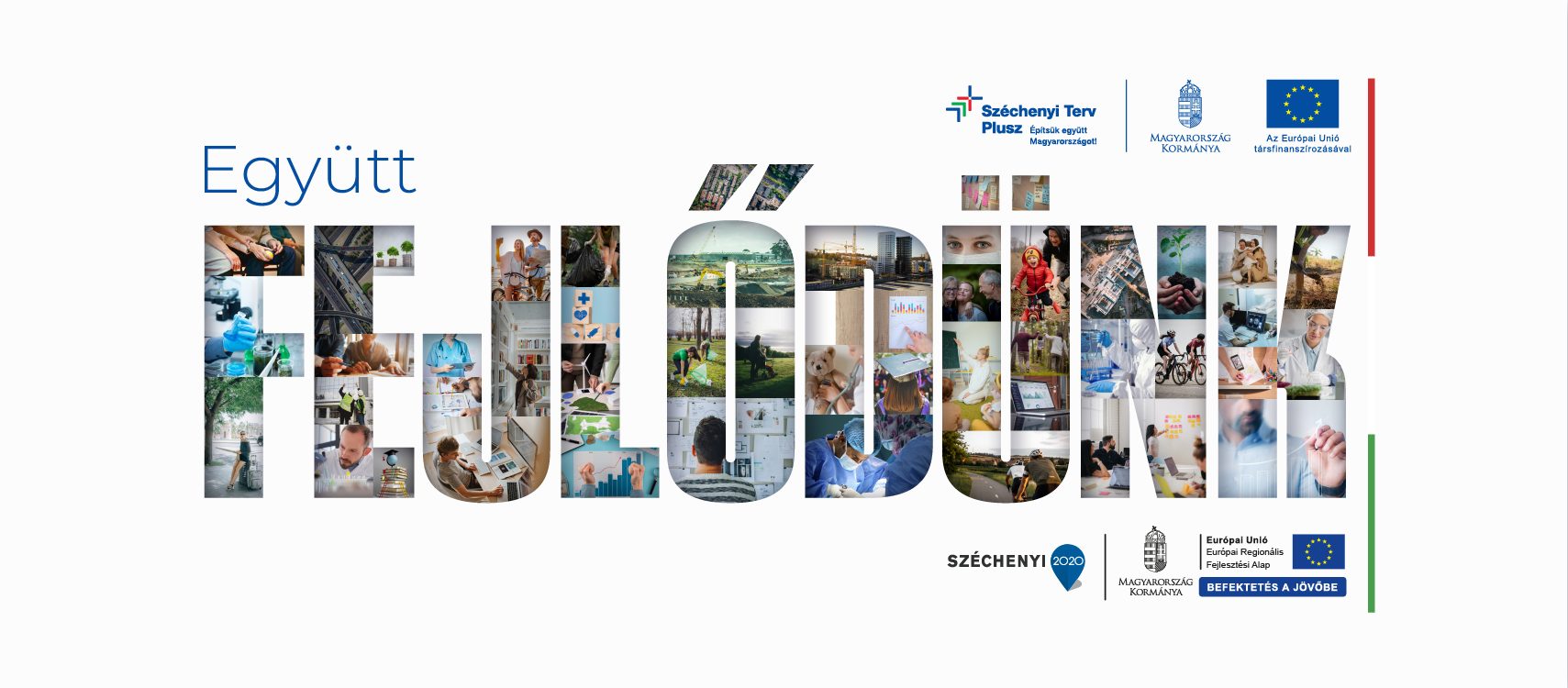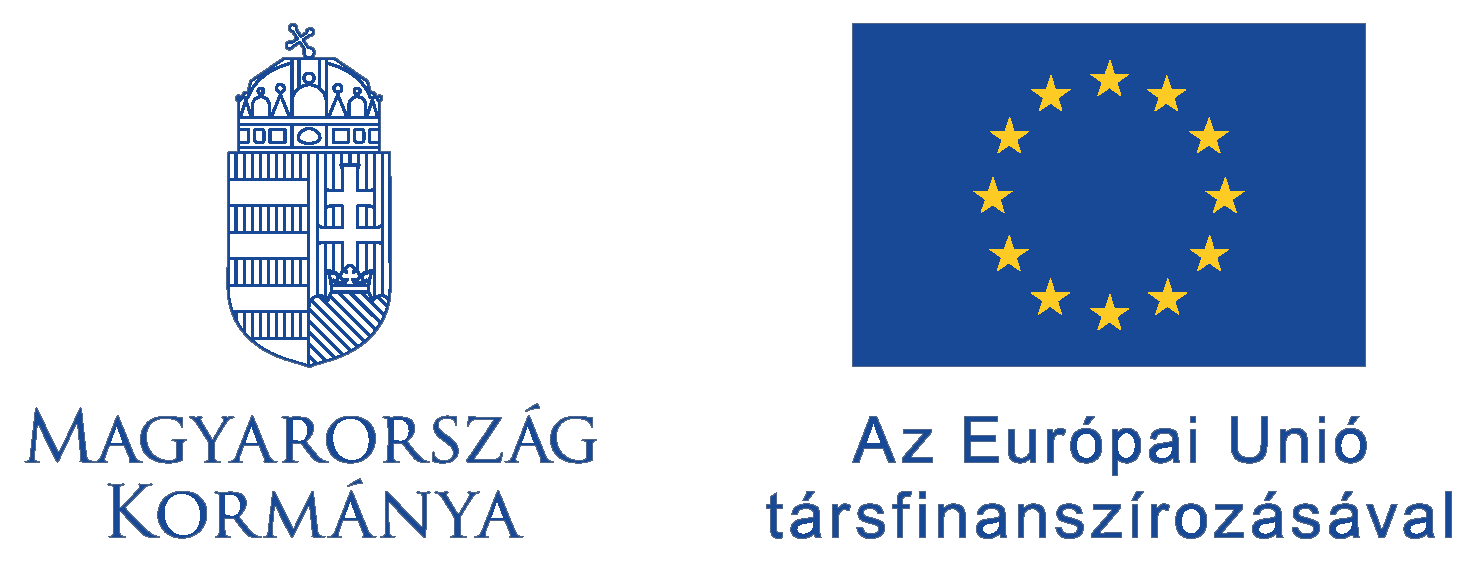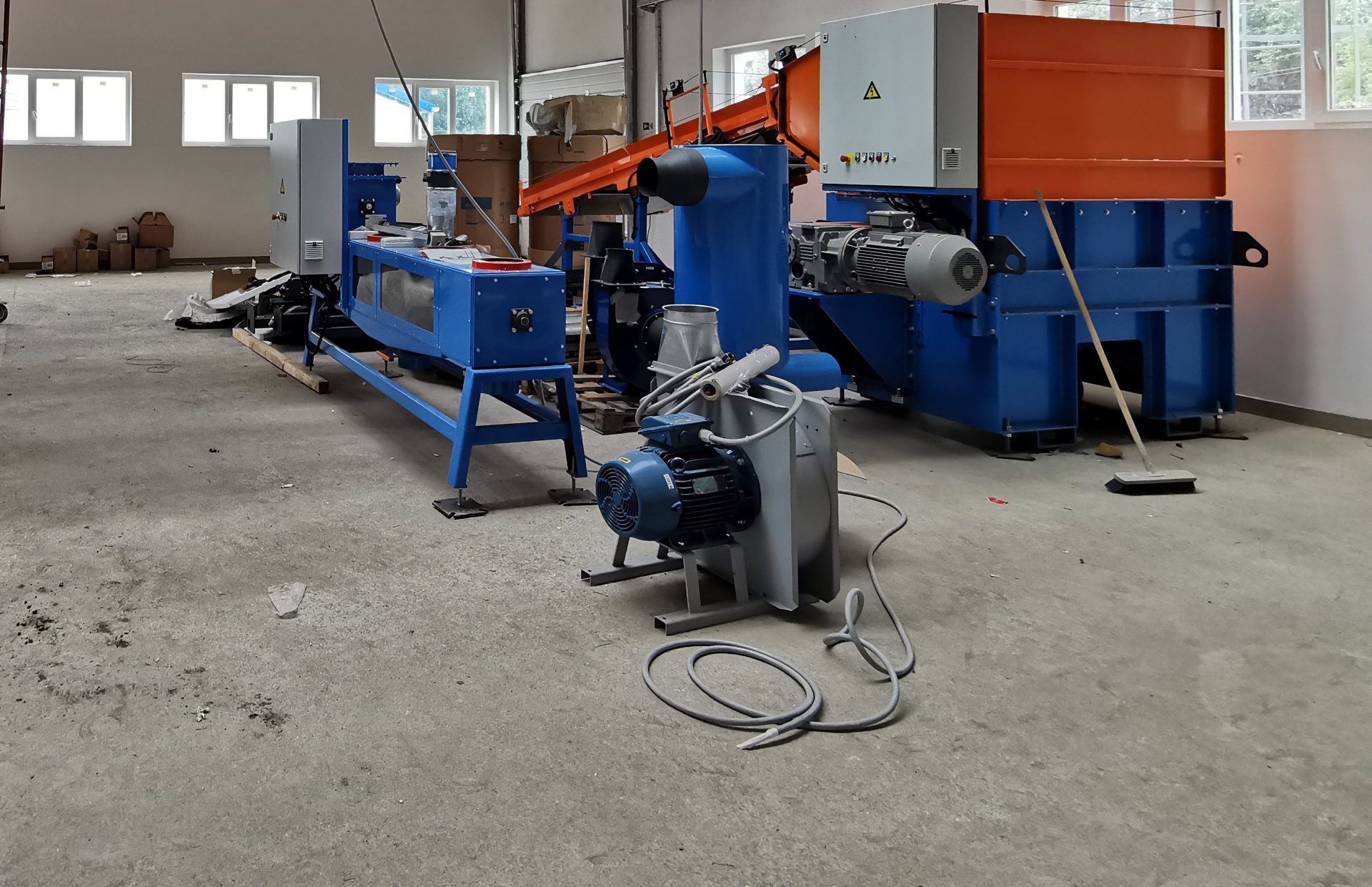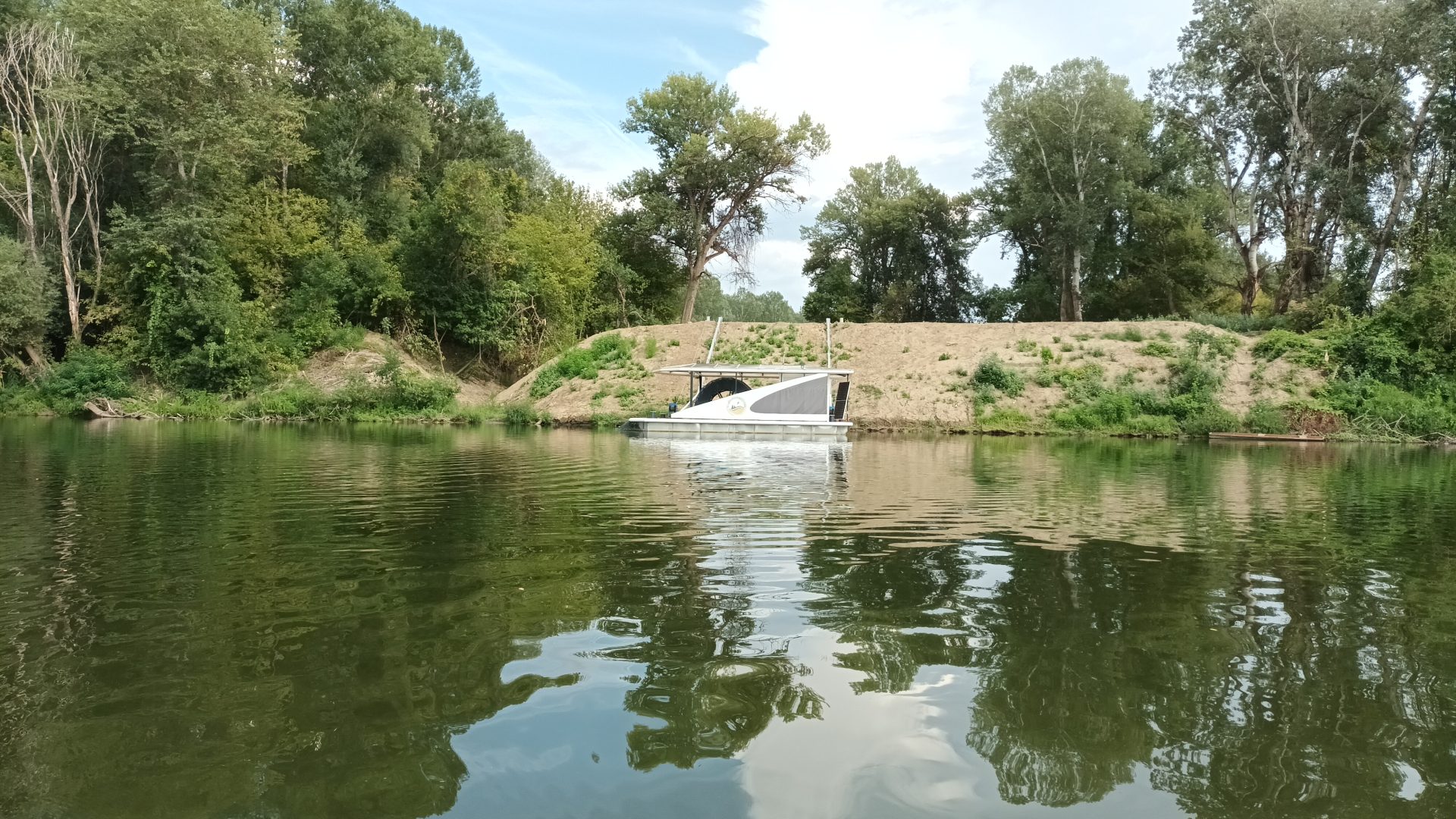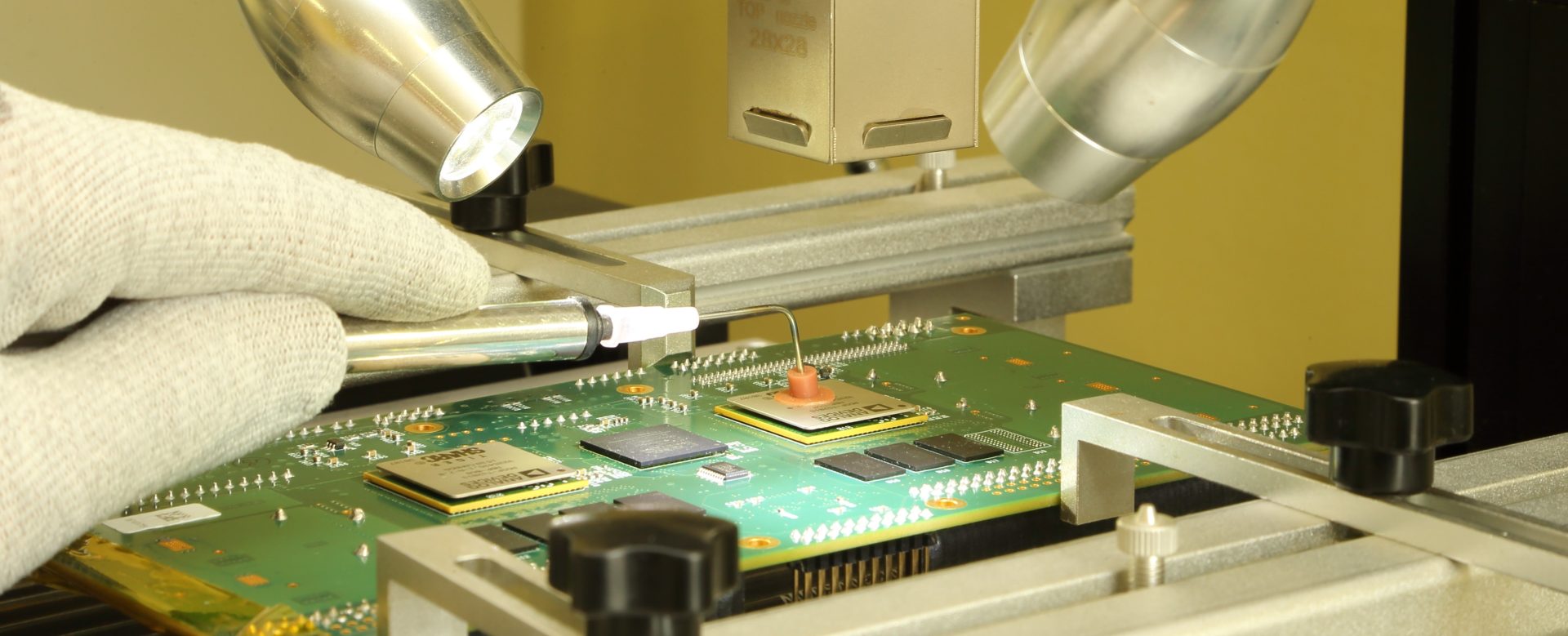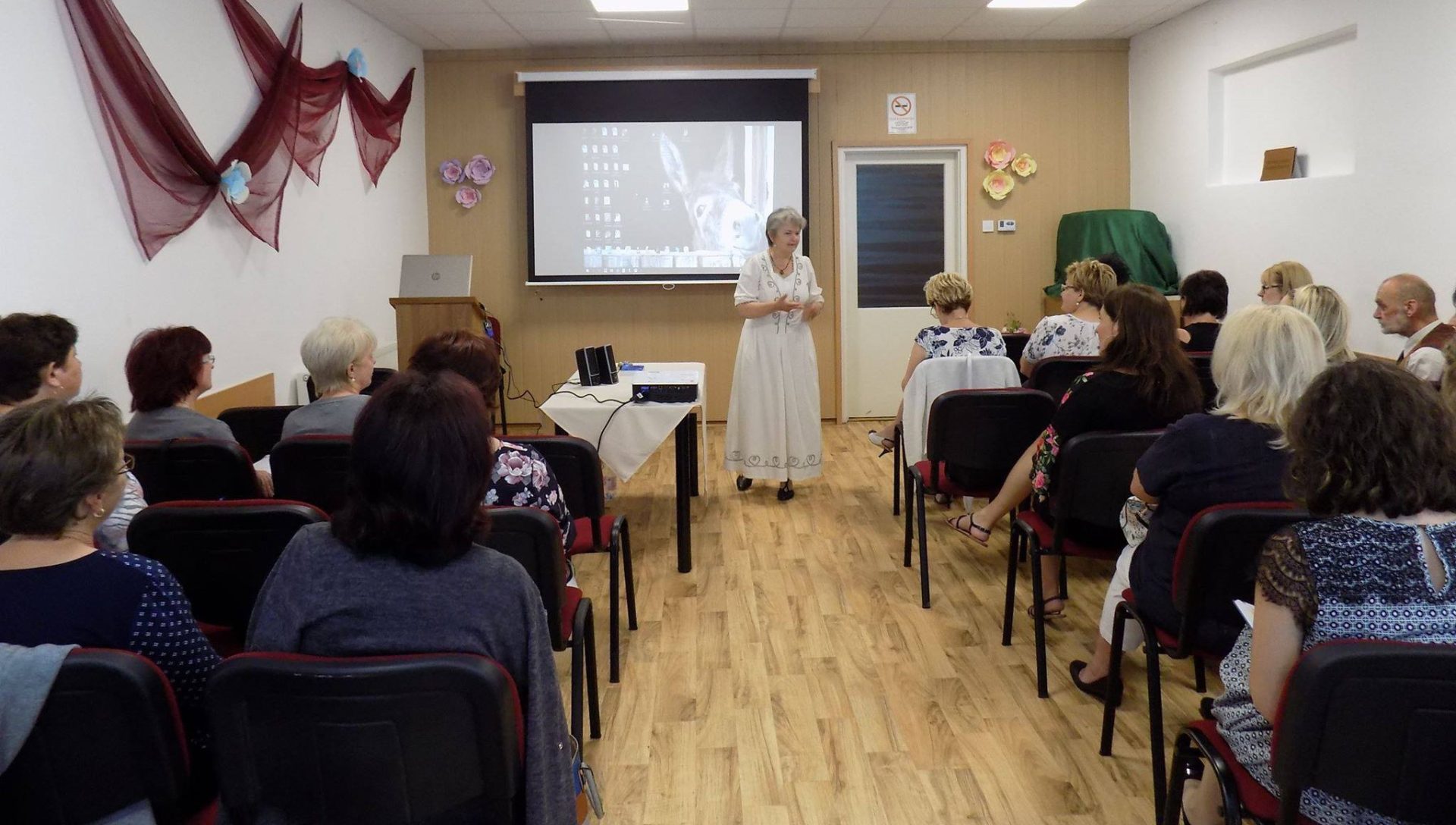Thanks to the Sustainable Urban Development instrument of the Territorial and Settlement Development Operational Programme Plus, Budapest is taking big steps toward greener, safer, and more liveable streets.
One of the flagship projects is the Healthy Streets Programme, launched by the Municipality of Budapest and the Budapest Transport Centre (BKK) with EU co-financing of HUF 25 billion. Covering 11 districts, the programme focuses on revitalising local streets and collector roads. The aim is clear: less car traffic in residential areas, safer and more comfortable conditions for pedestrians and cyclists, more green spaces, and improved public spaces with features like drinking fountains and street furniture. All of this directly contributes to the health and quality of life of people living in the capital.
Budapest’s cycling network is also set to expand with two major projects that received funding agreements this September. Around HUF 6 billion in EU support has been allocated to prepare new cycling expressways in line with the Budapest Mobility Plan and the city’s road safety strategy. Of this, HUF 1.5 billion is earmarked for the Váci–Üllői cycling corridor, while HUF 4.5 billion will fund the Nagykörút cycling expressway. The Nagykörút project goes beyond building cycle lanes — it also includes better pedestrian access, safer freight loading areas, and the renewal and expansion of surrounding green spaces.
Both the Váci–Üllői and Nagykörút routes will serve as key connections between the city centre and outer districts, making cycling a safer and more attractive alternative for daily travel. Beyond transport, these projects play a broader role in urban development: creating new green areas, setting up micromobility hubs, and improving public space.
As part of the Territorial and Settlement Development Operational Programme Plus, the Sustainable Urban Development instrument is helping Budapest deliver on its long-term goals: a more liveable city, healthier communities, and sustainable transport options for the future.
